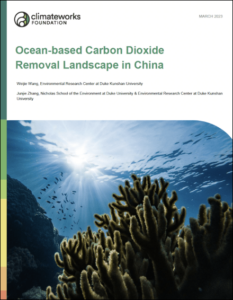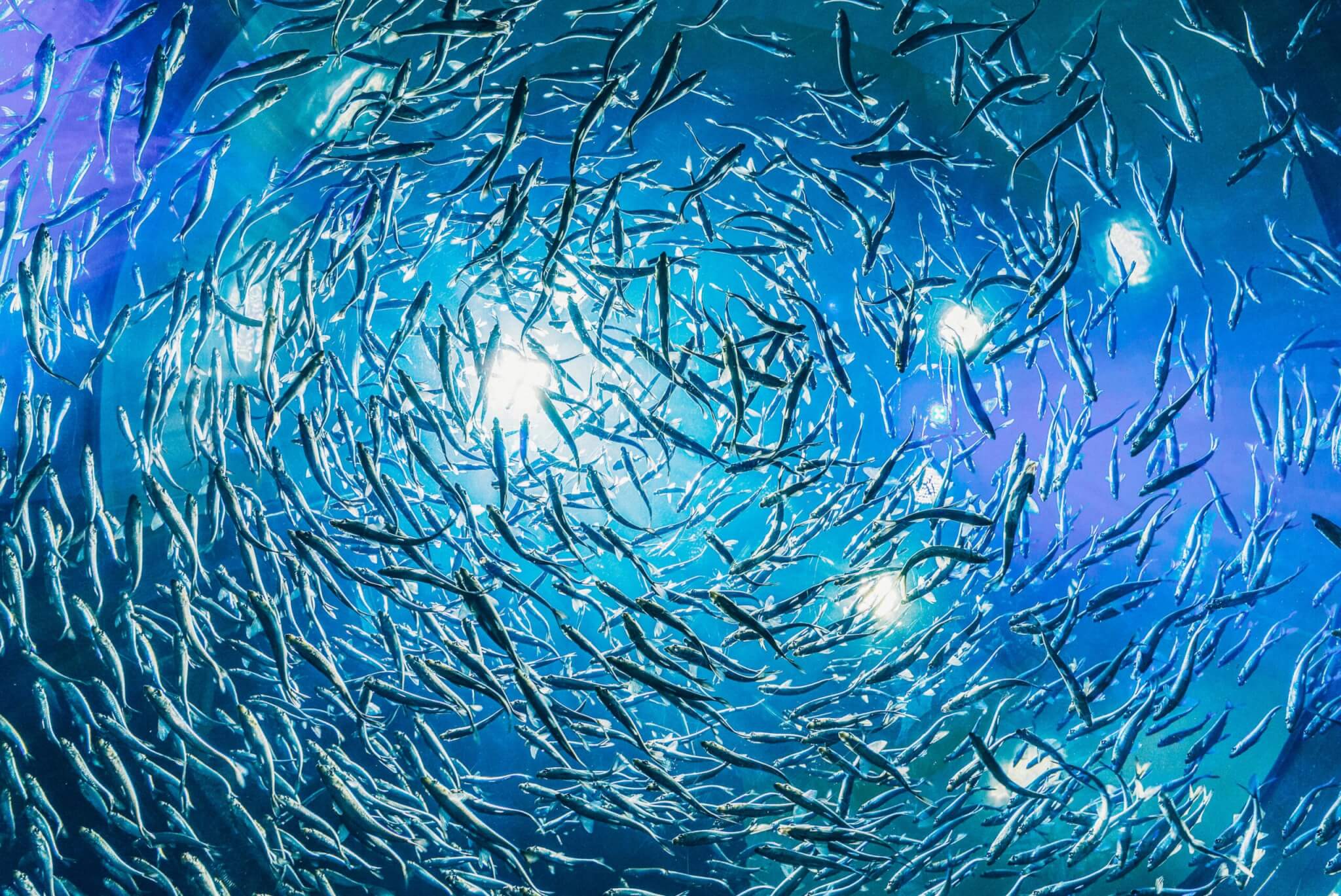Ocean-based carbon dioxide removal landscape in China
 China’s annual carbon dioxide (CO2) emissions exceeded 10 gigatons (Gt) in 2018 for the first time in history and are expected to continue to grow. China has pledged to peak CO2 emissions by 2030 and to reach carbon neutrality by 2060. To achieve its carbon neutrality goal, China will need to remove some amount of carbon dioxide using trees and technology on land as well as look to leverage its ocean’s capacity to absorb excess CO2. However, there is currently limited research on the potentials and challenges of a diversified portfolio of CDR in China. This report is the first-of-its-kind effort to understand the landscape of ocean-based carbon dioxide removal in China.
China’s annual carbon dioxide (CO2) emissions exceeded 10 gigatons (Gt) in 2018 for the first time in history and are expected to continue to grow. China has pledged to peak CO2 emissions by 2030 and to reach carbon neutrality by 2060. To achieve its carbon neutrality goal, China will need to remove some amount of carbon dioxide using trees and technology on land as well as look to leverage its ocean’s capacity to absorb excess CO2. However, there is currently limited research on the potentials and challenges of a diversified portfolio of CDR in China. This report is the first-of-its-kind effort to understand the landscape of ocean-based carbon dioxide removal in China.
Historically, our ocean has absorbed about one-third of excess carbon dioxide in the air, contributing to ocean warming and increased acidification, which is wreaking havoc on the marine ecosystem and negatively affecting coastal communities. A number of innovative approaches to ocean-based carbon dioxide removal have been proposed that enhance the ocean’s natural ability to safely remove and sequester carbon dioxide while also helping to improve ocean health and increase the resilience of marine ecosystems against climate change impacts. It is crucial to research and validate the efficacy of these approaches to ensure they offer meaningful climate and community benefits.
This report takes the first step in the right direction by synthesizing the current state of scientific knowledge on ocean CDR approaches in China through literature review and stakeholder interviews. The researchers identified and examined four ocean CDR approaches proposed and practiced in China — seaweed cultivation, artificial upwelling, microbial carbon pump, and offshore carbon storage. In addition, the report discusses the potential and challenges of these approaches and provides recommendations where further research is needed.


